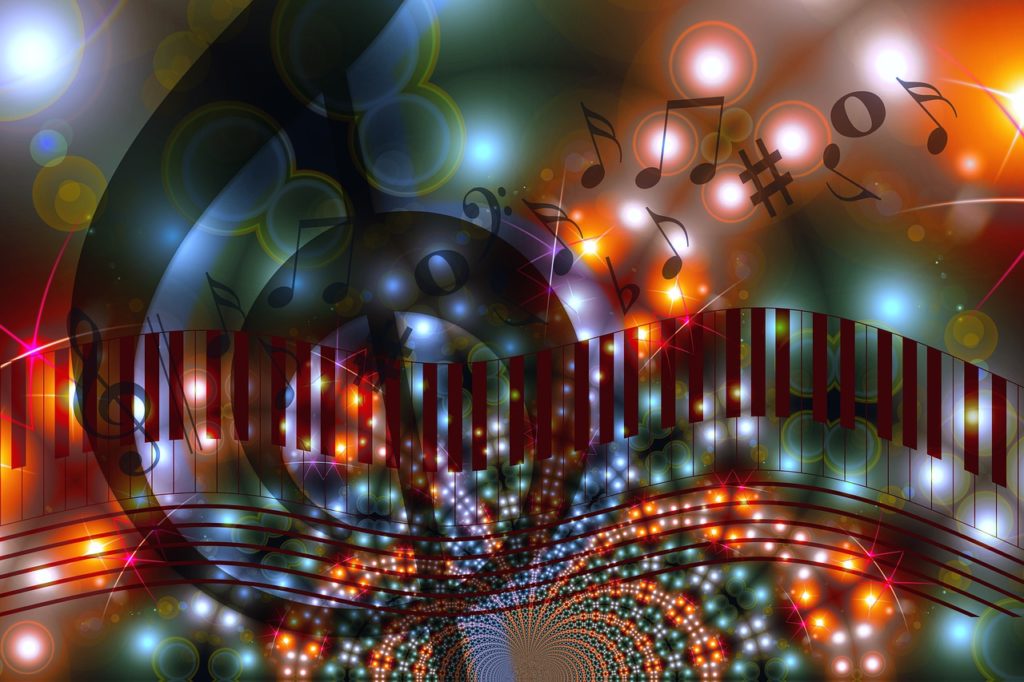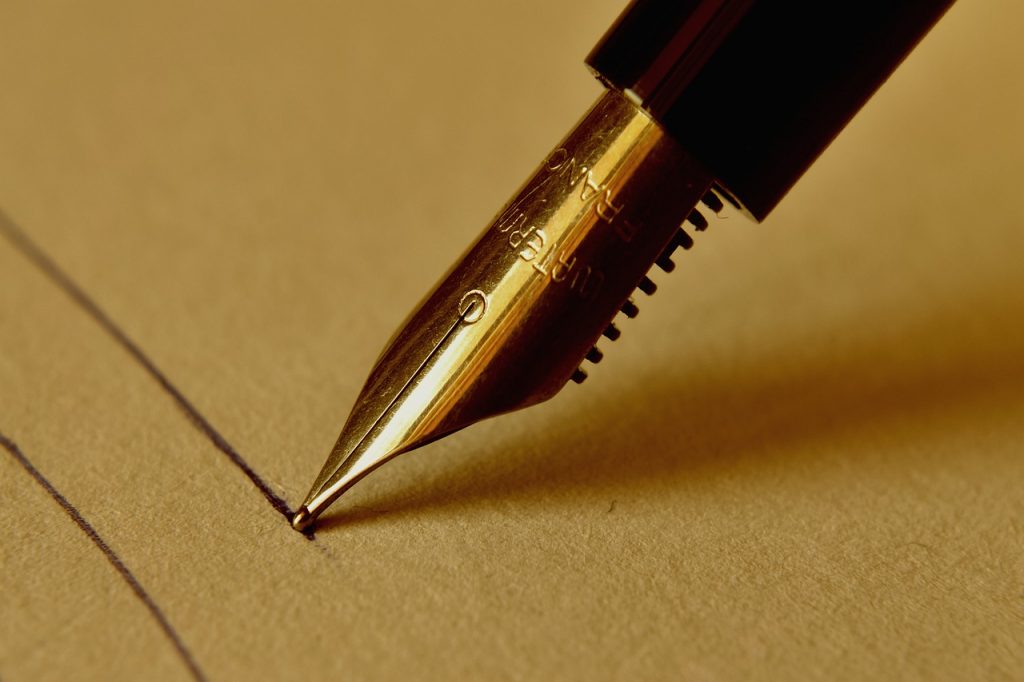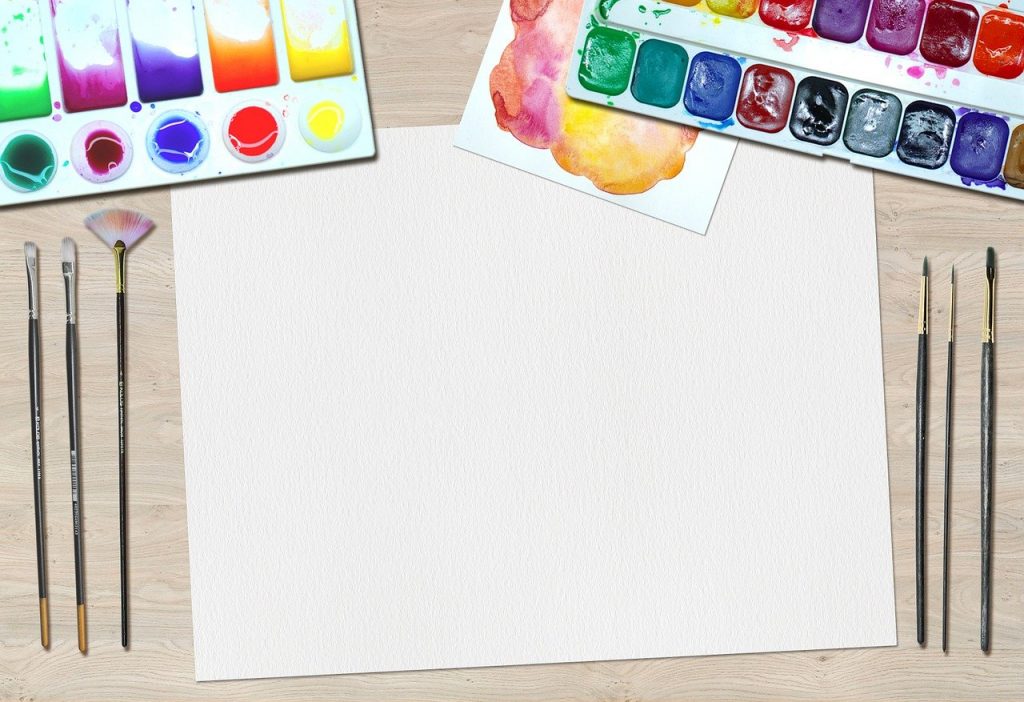Jammu and Kashmir is known for the snow-covered Himalayas, the pristine lakes, and the lush greens that decorate the landscape of this region and create a unique blend of calm and vibrance in the atmosphere. This amazing combination is also seen in the traditional music of Jammu and Kashmir, which aptly portrays the rich and diverse culture of the Kashmiris. The Sufiana Kalam and Hindustani classical, two popular types of music in Kashmir, seem to have taken the saintly quality of the Himalayas. Henzae, Rouf and Ladishah exude vibrance, which is integral to the Kashmiri culture.
Instruments used with the traditional music of Kashmir range from the well-known santoor and sitar to the more traditional rabab and surnai, among others. Here is a list of the famous traditional musical instruments of Jammu and Kashmir.
Santoor: Popularized by Pt. Shivkumar Sharma, who hails from Jammu, the santoor is an important accompaniment for Kashmiri folk and Sufiyana music. This instrument is trapezoidal in shape with 12 wires and 12 knobs on the sides.
Sitar: Usually played by folk artists, the Kashmiri Sitar has a long body and 7 strings, and it is smaller in size than other Indian sitars.
Kashmiri Sarang: Similar to Sarangi, though smaller in size, this musical instrument of Jammu and Kashmir is of mulberry or teakwood, hollow from inside and creates soothing, pleasant music. It is used by the folk musicians in Kashmir.
Saz-e-Kashmir: It is a stringed instrument, round in shape, decorated using ivory, and played with a bow. It is similar to the violin; creates a soothing sound, and hasn’t undergone major changes since its origin.
Surnai: This Kashmiri musical instrument is a wooden pipe around 18 inches in length with 7 outlet holes and one blowing hole and a bell-shaped outlet. There are two types of flutes found in the traditional music of Jammu and Kashmir. One is hollow from inside, has 7 holes for the 7 musical notes (swaras), and is played using two hands. The other type called Pi-Pi in Kashmiri, has 7 holes for the 7 swaras but does not have a blowing hole.
Tumbaknari: It is believed to have originated in Iran or Central Asia, from where it came to Kashmir and became an important part of the traditional music of this region. Tumbaknari is a drum made out of baked clay with its base made from sheep skin. It is played during celebrations, mainly by women. It is said to have been in use since the medieval ages.
Noet: This traditional musical instrument is a rounded earthen pot with an opening. Noets used in music are mostly of brass or copper. It is most commonly played during weddings.
Rabab: The rabab, or rubab, is about three and a half feet long and has three strings. It is made of mulberry wood, while goat’s intestinal skin is used to make the strings. So, it is believed to bear someone’s soul and hence called Rabab. It creates soothing music and is an important part of Jammu and Kashmir’s music culture.
Chimta: It is a traditional musical instrument of South Asia, which looks like a pair of tongs with brass jingles attached to it. It is played in Bhangra, Punjabi folk songs and Sikh religious music, and is also a part of Chakri, the traditional music of Jammu and Kashmir.
Geger: It is a percussion instrument used as an accompaniment in the traditional music of Jammu and Kashmir. It is a brass or metal vessel on which sounds are created with the use of fingers or rings on fingers. It is often played in Chakri songs.
Dokra: Dokra, also called Wasul or Dolke, was a percussion instrument used as an accompaniment in traditional Kashmiri music. Today, the tabla has taken its place. Tabla consists of two hand drums made of hollowed wood, metal or clay, where one drum is used to create treble and tonal sounds and the other is used to create bass.
Dhola: It is among the oldest musical instruments in India and used in most Indian villages. In Kashmir as well, it is mainly played in the villages and with the folk dance of the bhands.
Nagada: It is similar to Dhol and said to be a form of the ancient instrument Dundubhi. Sound is created by striking the nagada with a piece of wood. In Kashmir, this musical instrument is played at weddings and festivals.
Shankh: It is an ancient Indian instrument which is used to add a religious element to ceremonies and festivals. In Kashmir, the shankh is played at Hindu weddings and at temples. It has been mentioned in the Vedas and the Bhagwat Gita.
Swarnai: Known as Shahnai in Kashmiri music, it is wooden with nine holes and through a square near its mouth, air is blown to create sound. Swarnai music is melodious and the playing of this musical instrument is considered auspicious. Hindus as well as Muslims play this instrument at weddings and festivals.
Khasya: At religious gatherings and weddings, two Khasya are played by striking them with each other.
Thaluz: This traditional musical instrument is a part of the folk culture of Kashmir. It is mainly played at temples during prayers and kirtans.
Some of these famous traditional musical instruments of Jammu and Kashmir are not much in use today, as the newer generation is more inclined to western music and fast-adopting modern musical instruments. However, true followers of Jammu and Kashmir’s music know that these traditional musical instruments have a pivotal role in preserving the folk culture of this region.



